Giovanni Battista Caproni was an Italian airplane designer who played a significant role in the development of aviation during the first half of the 20th century. Caproni was born on July 3, 1886, in Arco, a small town located in the Austrian-Hungarian Empire (now Italy). At the age of 13, Caproni built his first glider, at the age of 21, Caproni moved to Munich to study engineering at the Royal Technical University, and by 1911 he was responsible for designing and building the first Italian aircraft.
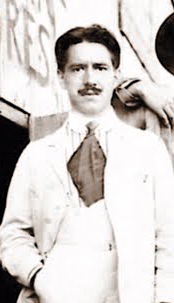
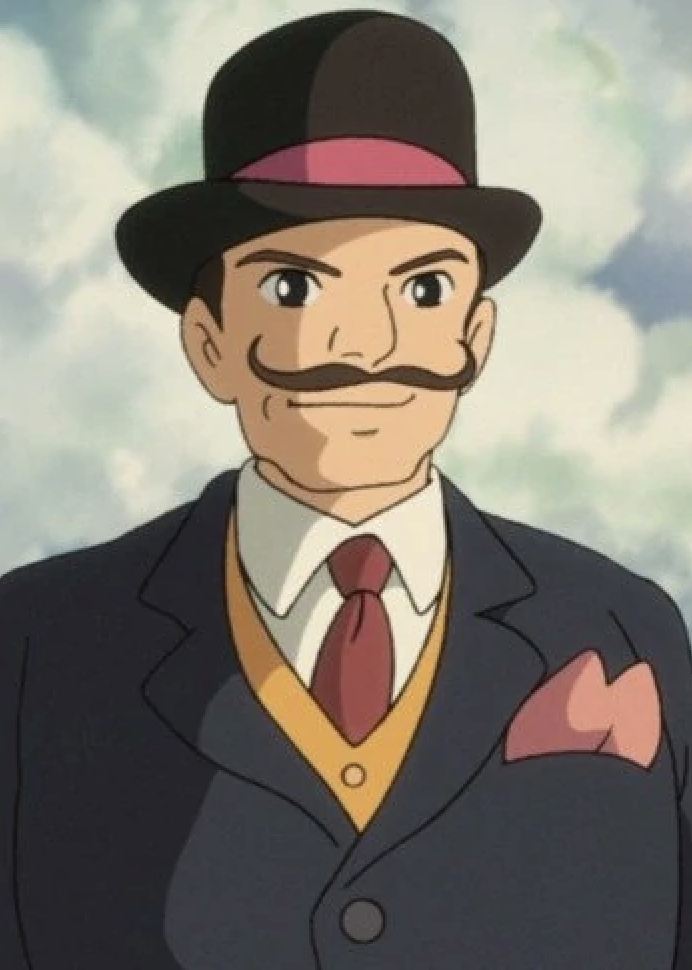
Giovanni Caproni, early 20th century (left), and his depiction in Hayao Miyazaki’s The Wind Rises
His life and talents unfortunately were steered by War, and having successfully built the first aircraft in Italy, his company, Caproni & Company, was contracted by the Italian government to design their warplanes. One of Caproni’s most famous designs was the Caproni Ca.3, which was a large triplane bomber that was used extensively by the Italian military during World War I. The Ca.3 had a wingspan of over 70 feet and could carry up to 2,000 pounds of bombs. The plane was also equipped with three machine guns, making it a formidable weapon in battle.
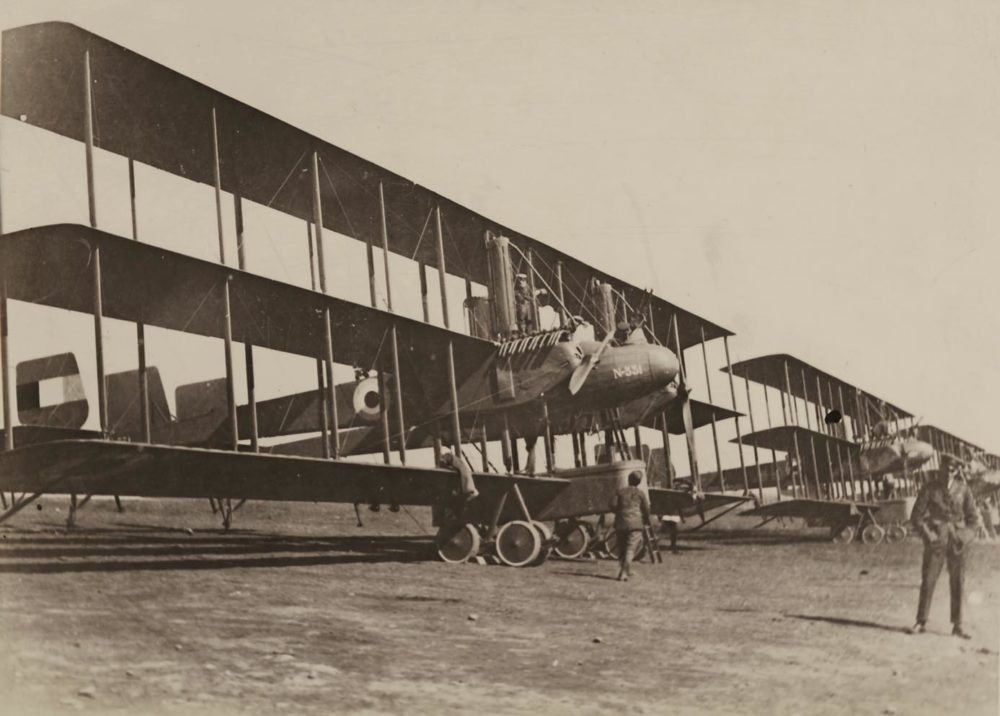
I admire Giovanni for his grand imagination and tire-less pursuit of his dreams. Despite the times he was born in forcing him to design for warfare, he continued to pursue dreams of designing passenger and commercial aircraft. With his ultimate mission to achieve transatlantic flight. In the 1920s, Caproni designed and built a series of large passenger planes, including the Caproni Ca.60, which was a massive 8-engine flying boat that was intended to carry up to 100 passengers across the Atlantic Ocean. Unfortunately, the Ca.60 crashed during its second test flight, and the project was abandoned.
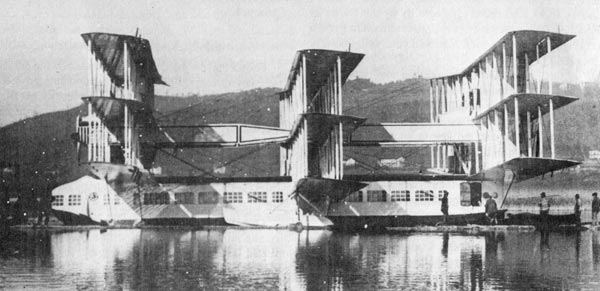
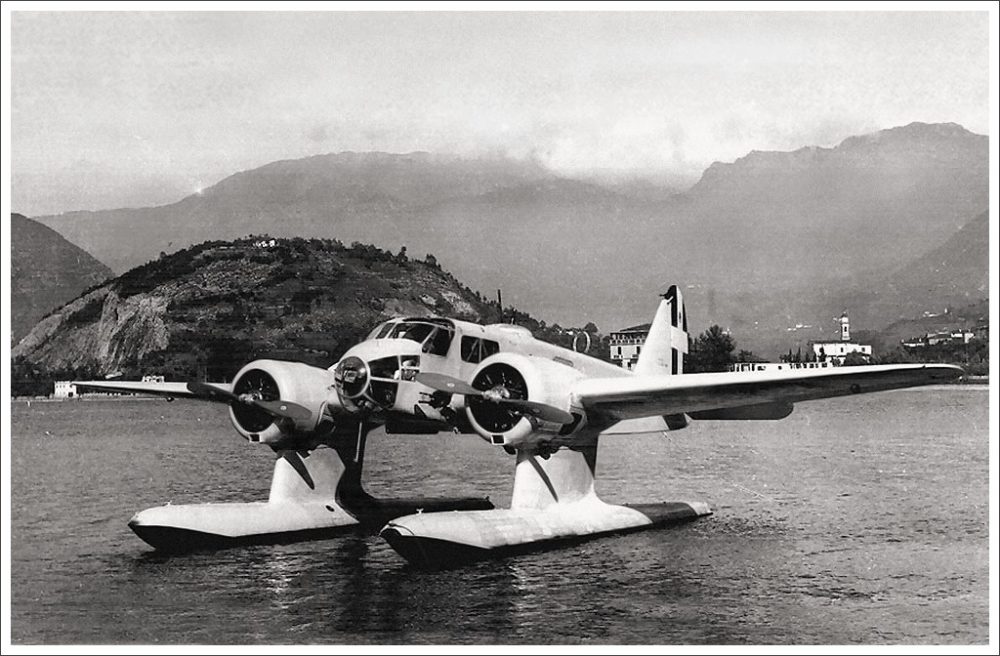

2 Comments. Leave new
Hey Brewster, thanks for sharing this. As an aviation enthusiast, I find Caproni’s story to be fascinating. I wish that the Ca.60 became a reality. His designs for passenger and commercial aircraft show his grand imagination and the potential he saw for air travel.
It is hard to dispute Caproni’s idealistic approach to aircraft design. I absolutely love The Wind Rises and it’s metaphors between dreams and planes. His vision for the future was ahead of it’s time and you can certainly tell that he was limited by the technologies of his time. Even if his planes aren’t conventionally pretty or elegant, it is the dream which lives on.